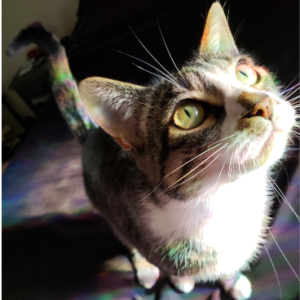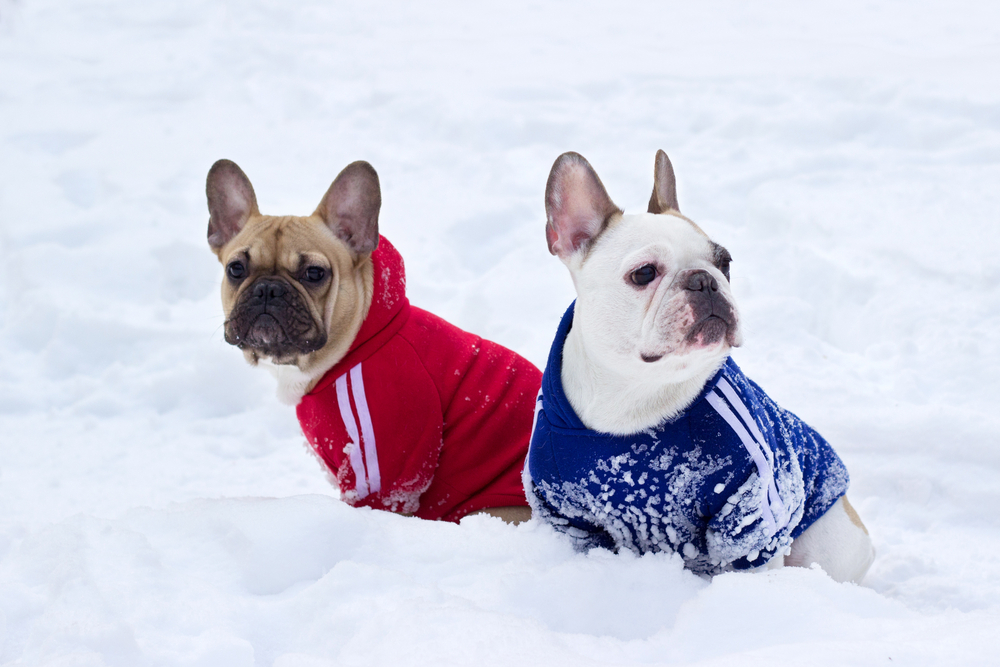How do you cool down your dog? With a pup-cicle!

All jokes aside, it’s getting hot this summer and it is important to recognize when our dogs need cooling down. We release heat all over our body so it is easy to dismiss the heat once we cool ourselves down; our dogs however can only release heat through their paws and by panting. It is […]
How to Keep Your Cats Cool in the Summer Heat

With the heat wave that just passed through the Pacific Northwest, the perfect opportunity popped up to discuss pet safety and how to keep your cat cool in the Summer heat. Last year we posted about keeping dogs cool but left out the pets that are stuck inside all day. As true for most of […]
Even If It’s Sunny… 8 Cold Weather Tips For Your Pets

Yes, we are desperately awaiting the arrival of spring, but while we wait winter weather continues to brings it’s own set of challenges for our pets. While our pets wear their own coats, each of them has varying tolerance for the weather. Here are some tips to keep them safe for the remainder of the […]